Top 10 Most Breathtaking Natural Wonders in Canada
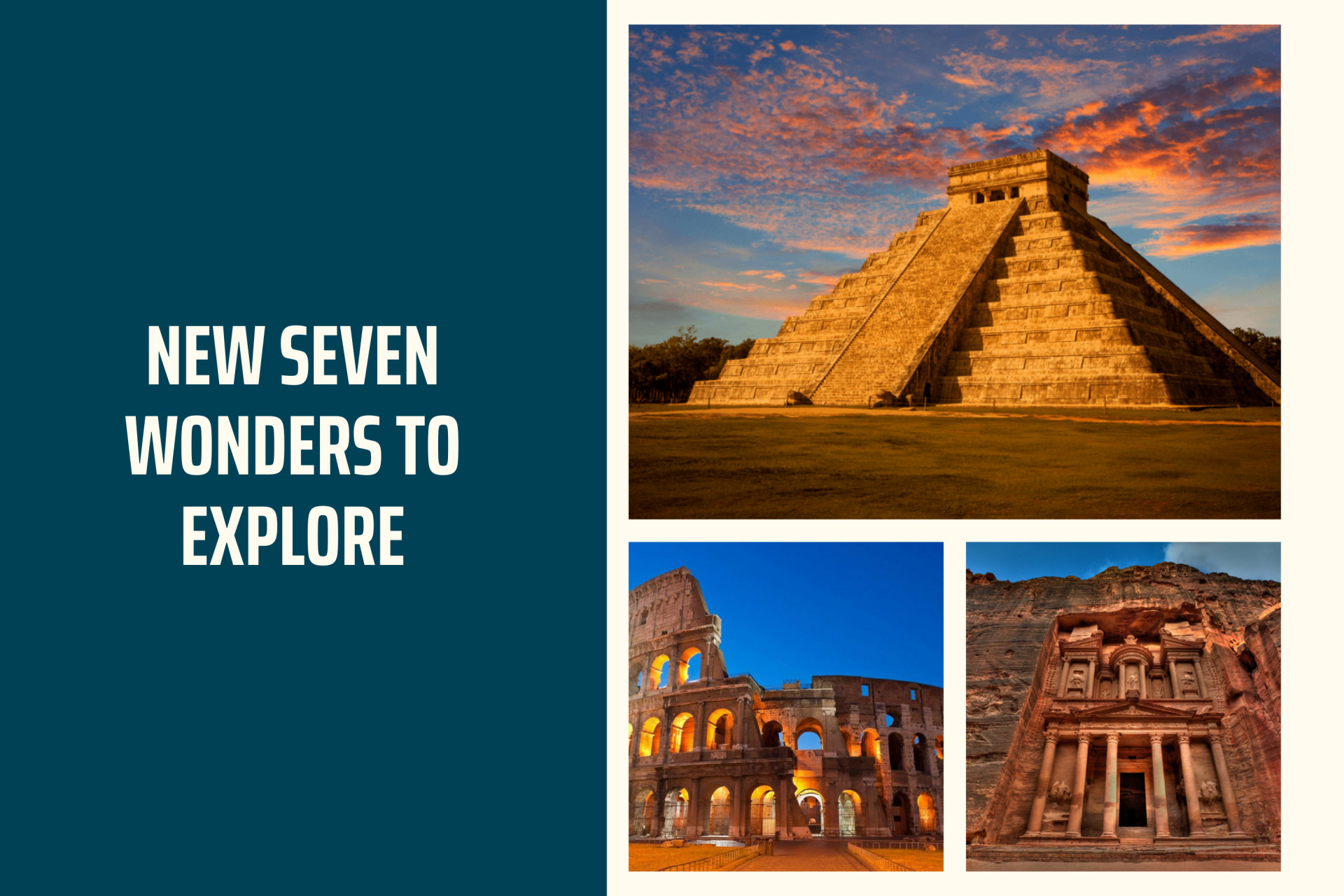 Top 7 Most Breathtaking New Wonders of The World Today Top 7 Most Breathtaking New Wonders of The World Today |
 Top 10 Breathtaking Natural Wonders In the U.S Today Top 10 Breathtaking Natural Wonders In the U.S Today |
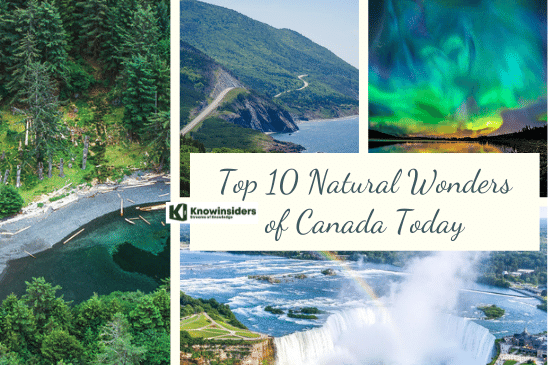 |
| Natural Wonders of Canada. Photo: KnowInsiders.com |
| Contents |
The breathtaking Moraine Lake, the world-famous Niagara Falls, and the snow-capped Rockies are just some of the many natural beauties that can be found in Canada, which is the world's second-largest country after Russia.
In any one of these incredible natural beauties, you can go for a stroll amid towering cedars, gaze in awe at the northern lights, or simply enjoy some quiet time by the river.
Which are the 10 Breathtaking Natural Wonders of Canada?
1. Niagara Falls, Ontario
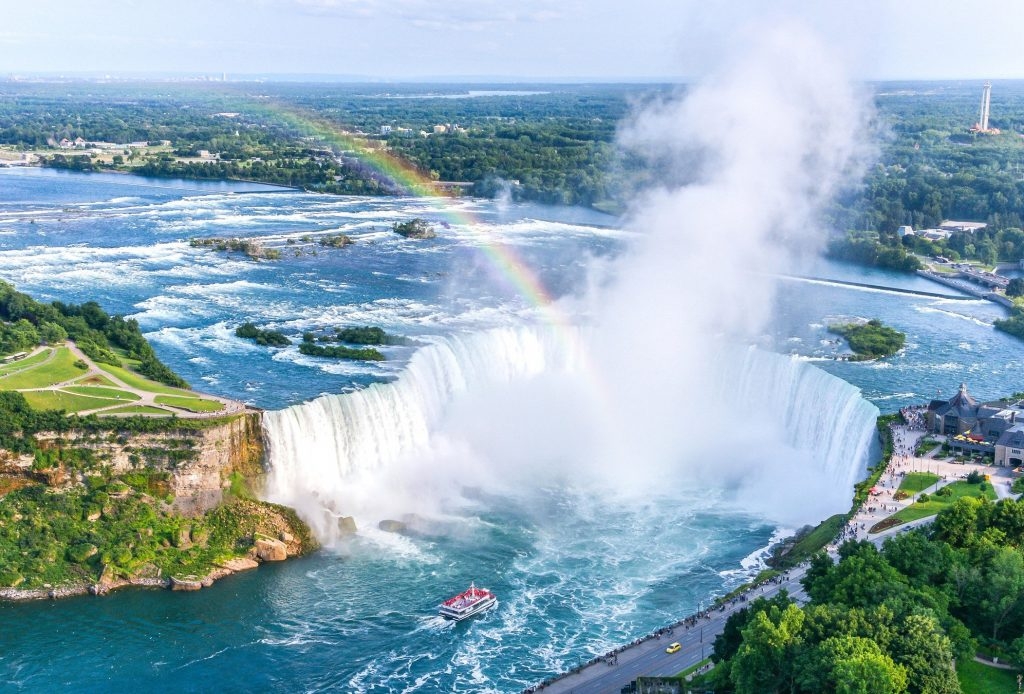 |
| Niagara Falls - Photo: TEC |
Located on the border between Canada and the United States, Niagara Falls is the second largest waterfall in the world. It sends the equivalent of 7,500 standard bathtubs over its edge every single second. The Great Lakes that feed it make it significantly wetter, although being neither as high nor as wide as Angel Falls or Victoria Falls. The mist, roar, and everlasting rainbow that Niagara Falls produces may be seen from both Canada and the United States.
The view is breathtaking, and it's simple to see why this natural phenomenon has attracted thrill-seekers, newlyweds, and sightseers for almost two centuries. When you've had enough of the water at Niagara Falls, you may visit one of the 160 wineries on the Niagara Peninsula, trek through Niagara Glen, or shop in quaint Niagara-on-the-Lake.
2. The Canadian Rockies, British Columbia/Alberta
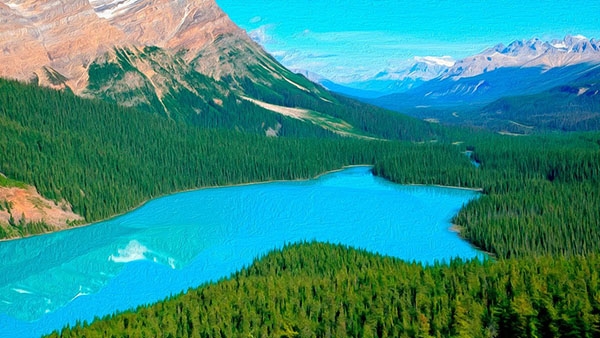 |
| The Canadian Rockies |
From British Columbia to Alberta, a network of mountains known as the Canadian Rockies stretches for more than 1200 km. The subalpine valleys, incredible waterfalls, turquoise lakes, and diverse wildlife of the Canadian Rockies are well known. Most of the time, the towering peaks of the Canadian Rockies reach heights of 14,000 feet. Banff, Jasper, Yoho, Waterton, and Kootenay are just a few of the five incredible national parks that are part of this mountain range.
The first national park in Canada was created in 1885, and it is located in the province of Alberta. The Canadian Rockies are spread across 6641 acres of the park. At 4537 feet above sea level, the town of Banff is the highest in all of Canada. Banff Park also houses the 20537-meter-long Castleguard cave system. It is Canada's largest cave system. Numerous glaciers, endangered woodland caribou, and glacier-fed lakes can be found in the Banff Park.
The Jasper National Park is the largest national park in the Canadian Rockies, covering over 2,774,500 acres. One of Canada's first national parks, Jasper National Park was created in 1907 and is now a UNESCO World Heritage Site. The park has 615 miles of hiking trails in addition to alpine meadows, forests, mountains, deep valleys, and glaciers. The tallest mountain in Alberta is Mount Columbia, which rises to a height of 3747 meters. Numerous activities are available in Jasper Park, including rafting, horseback riding, camping, and hiking.
Amazing waterfalls and glacial lakes can be found in the Yoho National Park in the Canadian Rockies. The park has 28 breathtaking mountain peaks that rise more than 3000 meters in height, 400 km of hiking trails, and 61 lakes. One of the most important fossil discoveries, the Burgess Shale, is also found in this park. The age of this fossil field is 505 million years. In this field, the majority of the soft-bodied animal parts from the Cambrian period (505 million years ago) were well-preserved. It gave scientists fantastic opportunities to fully comprehend the evolution of life on Earth.
The Kootenay River flows through the Kootenay National Park, which is situated in southeast British Columbia. The Kootenay Park, which spans an area of over 1406 square kilometers, is home to hot springs, picturesque valleys, sedimentary rocks, and impressive mountains.
Visitors can explore the picturesque landscapes, lakes, and glaciers using the extensive network of trails in the parklets. One of the park's main draws are the radium hot springs. The radioactive element Radon is present in the waters of radium hot springs, which bear this element's name.
The smallest National Park in the Canadian Rockies is located in the province of Alberta and is called Waterton Lakes. Waterton Park is much smaller than the other four national parks in the Canadian Rockies, with a total area of only 480.6 square kilometers. The park is home to some of the historic Canadian Rockies mountains, as well as grasslands, evergreen forests, and a diverse array of wildlife.
The park is named after Waterton Lake, which is situated on the U.S.-Canada border. Upper Waterton Lake and Lower Waterton Lake are the two sections of the lake. On the Canadian side is Lower Waterton Lake. A total of 45 different habitat types, including shrublands, wetlands, grasslands, and lakes, can be found in the park. Waterton Park also has a variety of wildlife and plants. More than 60 species of mammals, 24 fish species, 250 bird species, 10 reptile species, and 1000 species of vascular plants are all protected by the park.
3. The Cabot Trail, Nova Scotia
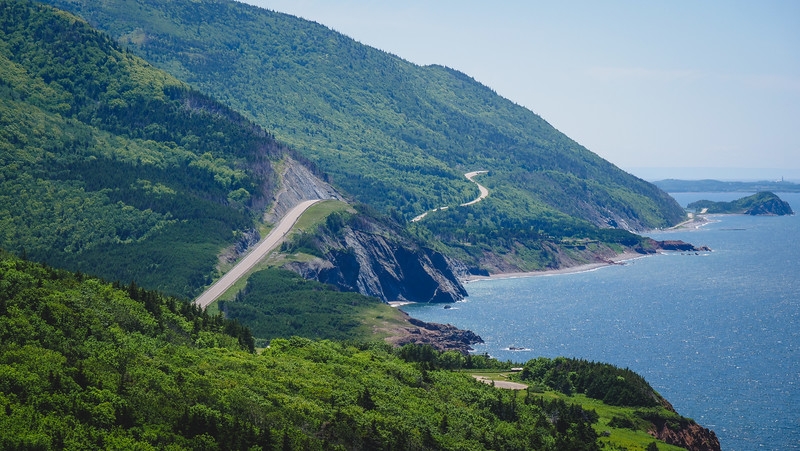 |
| The Cabot Trail |
The Cabot Trail, a 298-kilometer route that circles Cape Breton, an island off the coast of Nova Scotia, is regarded as one of the continent's most picturesque drives. It meanders over gentle hills, through verdant valleys, and through the Cape Breton Highlands National Park, frequently hugging the coastline with breathtaking views of the Atlantic Ocean and the rocky beaches below.
Every autumn, The Cabot Trail is awed by the vibrant red, purple, orange, yellow, and green of the island's forests of sugar maples, yellow birches, and tamaracks. In addition to picture-perfect views that rival Vermont's at every turn, Cape Breton offers a wide range of other activities, such as leisurely strolls, craft beer tastings, and inn stays.
 Top 10 Best Nude Beaches in Canada Where You Express Body Legally Top 10 Best Nude Beaches in Canada Where You Express Body Legally |
4. Haida Gwaii – British Columbia
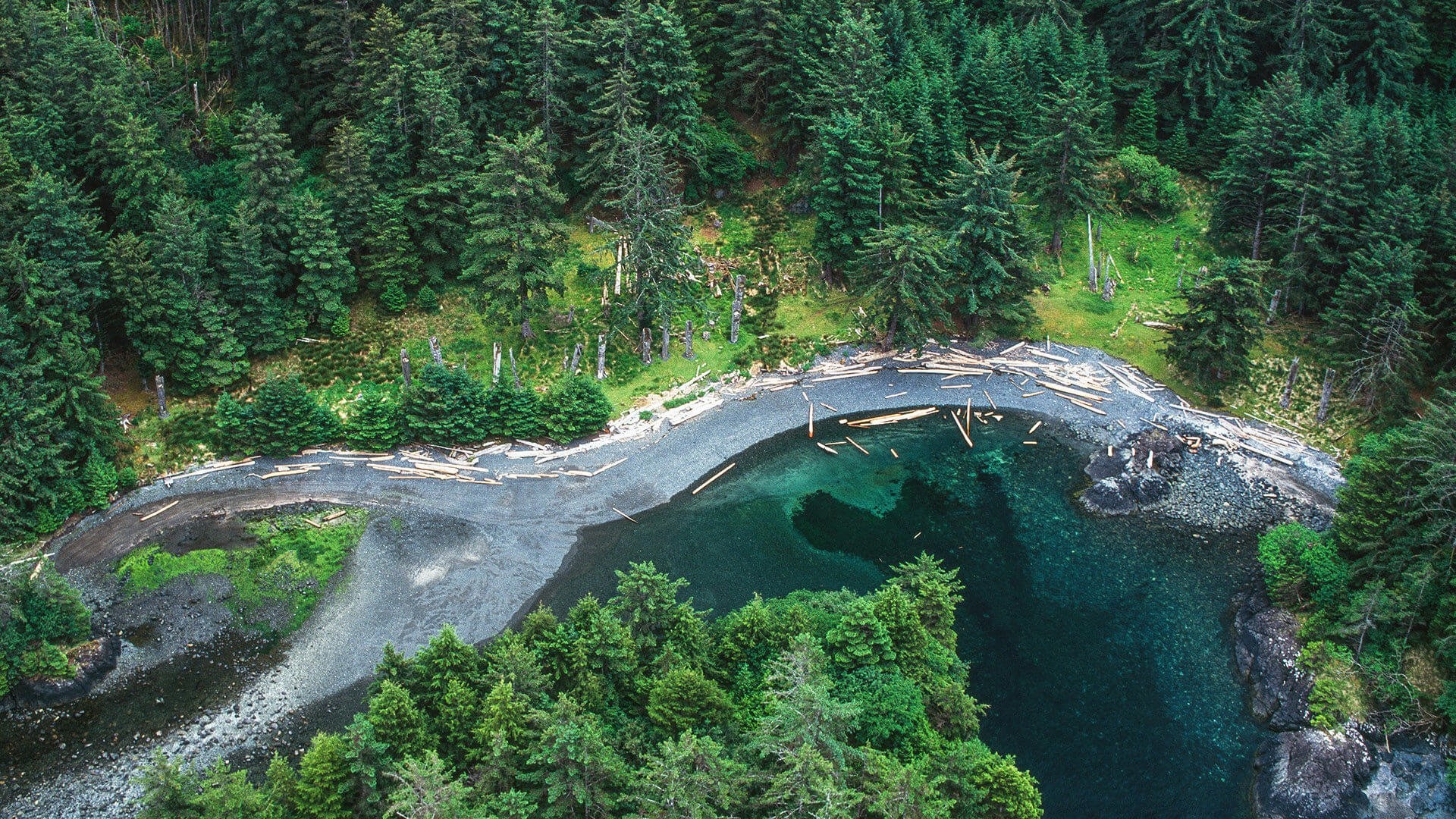 |
| Haida Gwaii - Photo: Steppes Travel |
This 80 km (50 mi) off the coast of British Columbia dagger-shaped archipelago, formerly known as the Queen Charlotte Islands, is a magical journey for those who manage to make it there. Huge cedar and spruce trees cover the desolate, wet landscape. While sea lions and orcas cruise the waters, bald eagles and bears prowl the old forest. The resurgent Haida people, who are best known for their war canoes and totem pole carvings, are the islands' true soul, though.
Check out Gwaii Haanas National Park Reserve, which combines some of the best kayaking on the continent with lost villages, burial caves, and hot springs.
5. Northern Lights
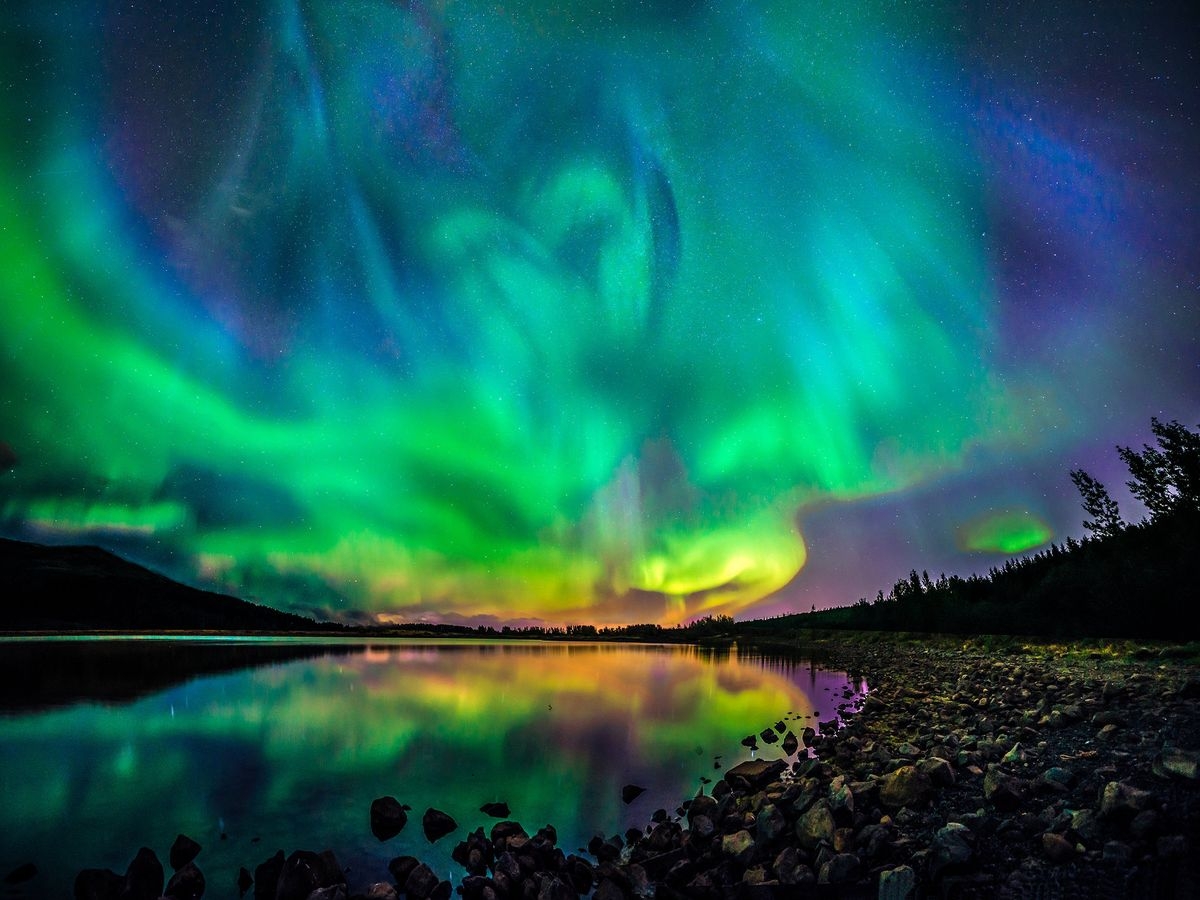 |
| Northern Lights - Photo: The Mirror |
Canada has many remote, high-latitude locations, ranging from the coast of Labrador to Arctic villages. Even though they might not be noticeable during the day, drapes of green, yellow, aqua, violet, and other multicolored hues flicker and dance across the sky at night.
The aurora borealis, also known as the northern lights, has historically been associated with both demons pursuing lost souls and the spirits of hunted animals. Darker skies during the coldest winter months, seen from September to March, make for the best viewing.
6. Nahanni National Park Reserve, Northwest Territories
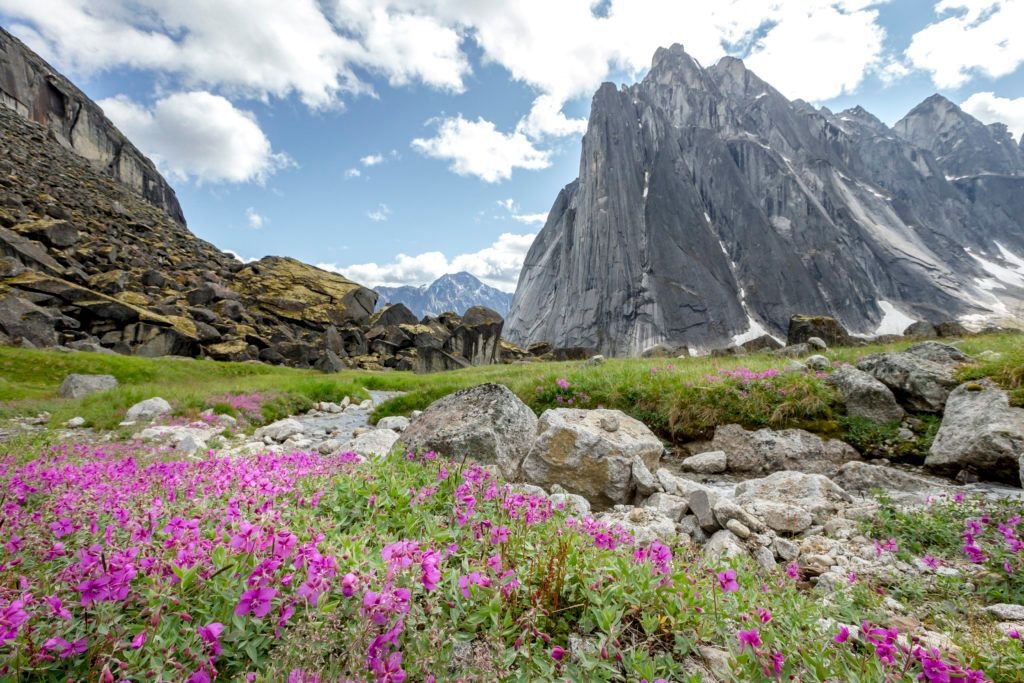 |
| Nahanni National Park Reserve - Photo: Cottage Life |
You could be excused for thinking you were in the Grand Canyon from the top of the Ram Plateau, a dolomite rock table encircled by the Mackenzie Mountains. Here, in Canada's Nahanni National Park Reserve, a UNESCO World Heritage Site, the ground gives way to a series of deep canyons that are surrounded by eroded buttes and mesas that uncannily resemble the American Southwest.
One of the reasons people visit the Northwest Territories is for its breathtaking scenery. The other is to go rafting down the South Nahanni, a Canadian Heritage River that offers rapids, hot springs by the river, a waterfall twice as high as Niagara Falls, and the chance to see bears, caribou, and dall sheep. You should put the Nahanni on your bucket list once the Cirque of the Unclimables' towering, angular peaks are taken into account.
7. Gros Morne National Park, Newfoundland
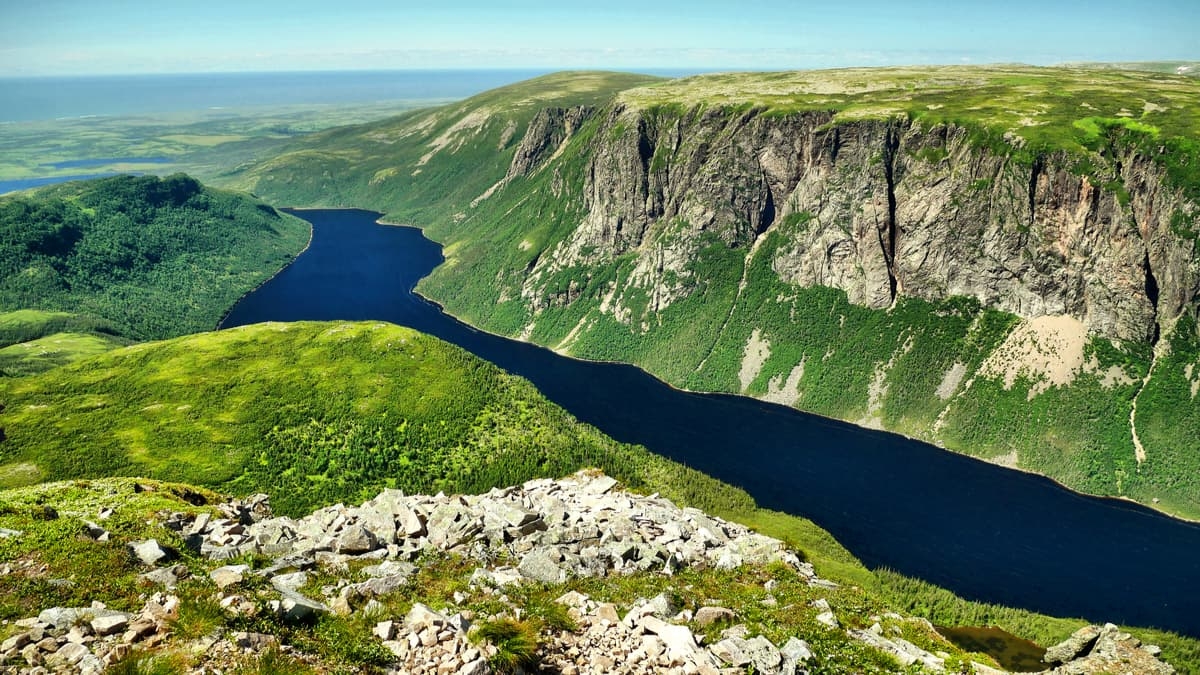 |
| Gros Morne National Park - Photo: PeakVisor |
The view from the apex of Western Brook Pond Fjord in Newfoundland is one of Canada's most recognizable. When you look out, you'll see flat-topped mountains that abruptly descend to the sea. It resembles Trolltunga, the Instagrammable fjord in Norway, only without the precarious rock outcrop for risky selfies and the exhausting 12-hour hike to get there. The views are a little easier to reach in Gros Morne, which takes its name from the second-highest peak in the province.
You'll need to take a quick stroll to the dock, a boat to the fjord's mouth, and a four-hour hike to the top of the gorge to get this photo. You'll be back in time for a beer at the pub and will be ready to explore more of the park's breathtaking scenery the next day.
 Top 11 Scariest Haunted & Ghost Houses In Canada Top 11 Scariest Haunted & Ghost Houses In Canada |
8. Ellesmere Island, Nunavut
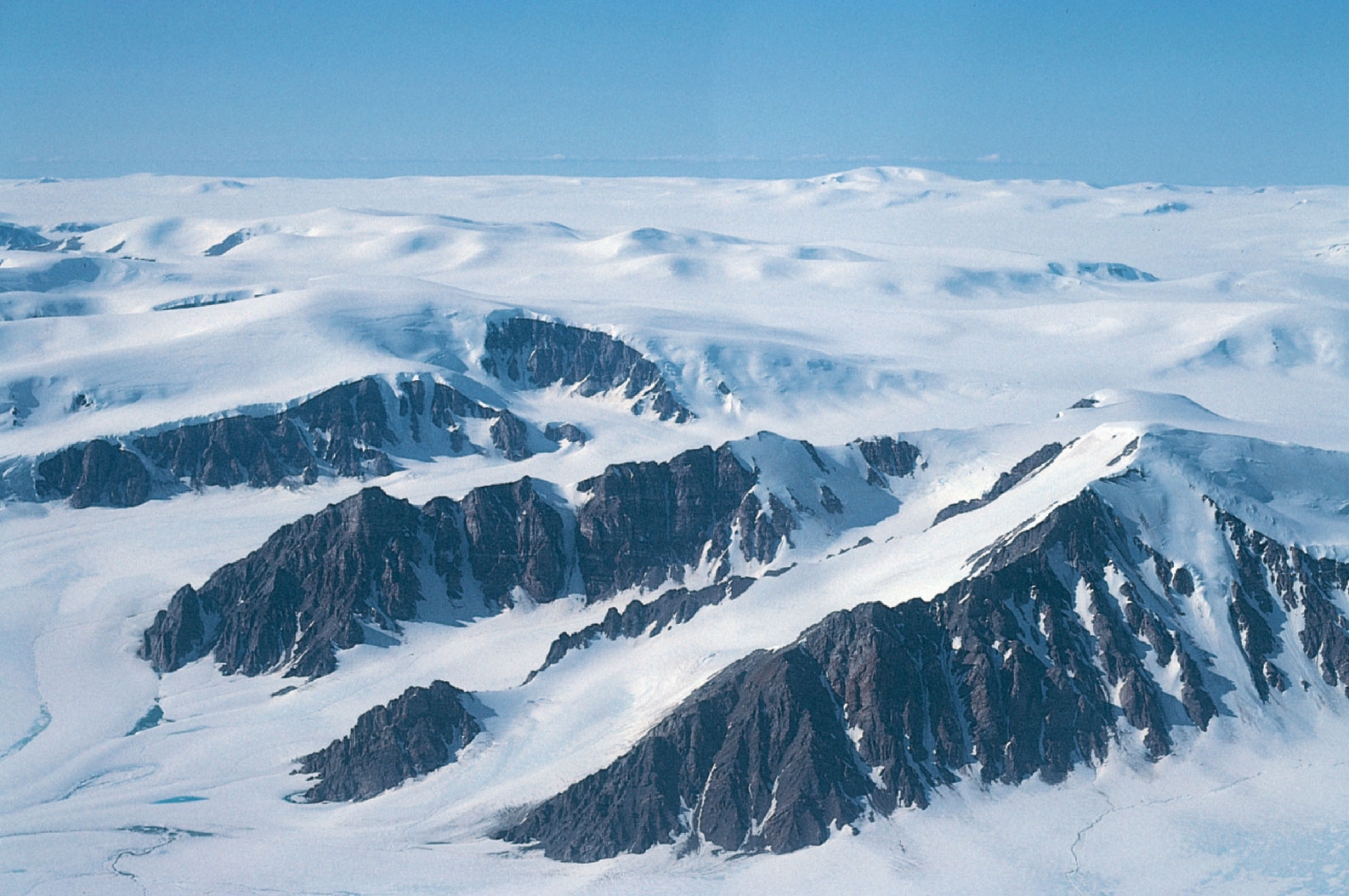 |
| Ellesmere Island |
The most northerly Arctic island in the world is called Ellesmere Island, which is located in Canada's Nunavut territory. The Island is among the most isolated places on the planet. Mountains make up the majority of the island, and the majority of them have ice caps on top of them.
Due to its isolation and hazardous ice conditions, the Island only sees a small number of human activities. On this island, the average temperature is only 3 degrees Celsius.
Quttinirpaaq National Park, located in Ellesmere Island's northeastern area, is truly magnificent. Seven Fjords, numerous glaciers, and a vast array of sedimentary and volcanic rocks can all be found in the park. A chain of sedimentary rocks dating back a billion years can be found in the Grand Land Mountains in the park's northern region. The grand land mountains also house the majority of the glaciers in the park.
In an area as high in the Arctic as Ellesmere Island, it is very challenging to see any vegetation. The only species that is primarily found on Ellesmere Island is the Arctic willow. On this island, there are surprisingly few animals because there is so little vegetation. The only species that can be found on Ellesmere Island are musk oxen, Arctic hares, and caribou.
9. Hopewell Rocks – New Brunswick
 |
| Hopewell Rocks - Photo: LonelyPlanet |
The Hopewell Rocks are strange "flowerpot-shaped" sandstone erosional formations that rise from the ocean floor. They have colossal arches, stone fungi, and animal shapes. The rocks are the most popular and certainly one of the busiest attractions in New Brunswick because so many people come to admire their Dr. Seuss-like appearance.
Only at low tide can you walk among the rocks; at high tide, you can only see the rock towers from the heavily used trails that wind through the forest above, or you can take a kayaking tour to bob around them.
10. Moraine Lake, Alberta
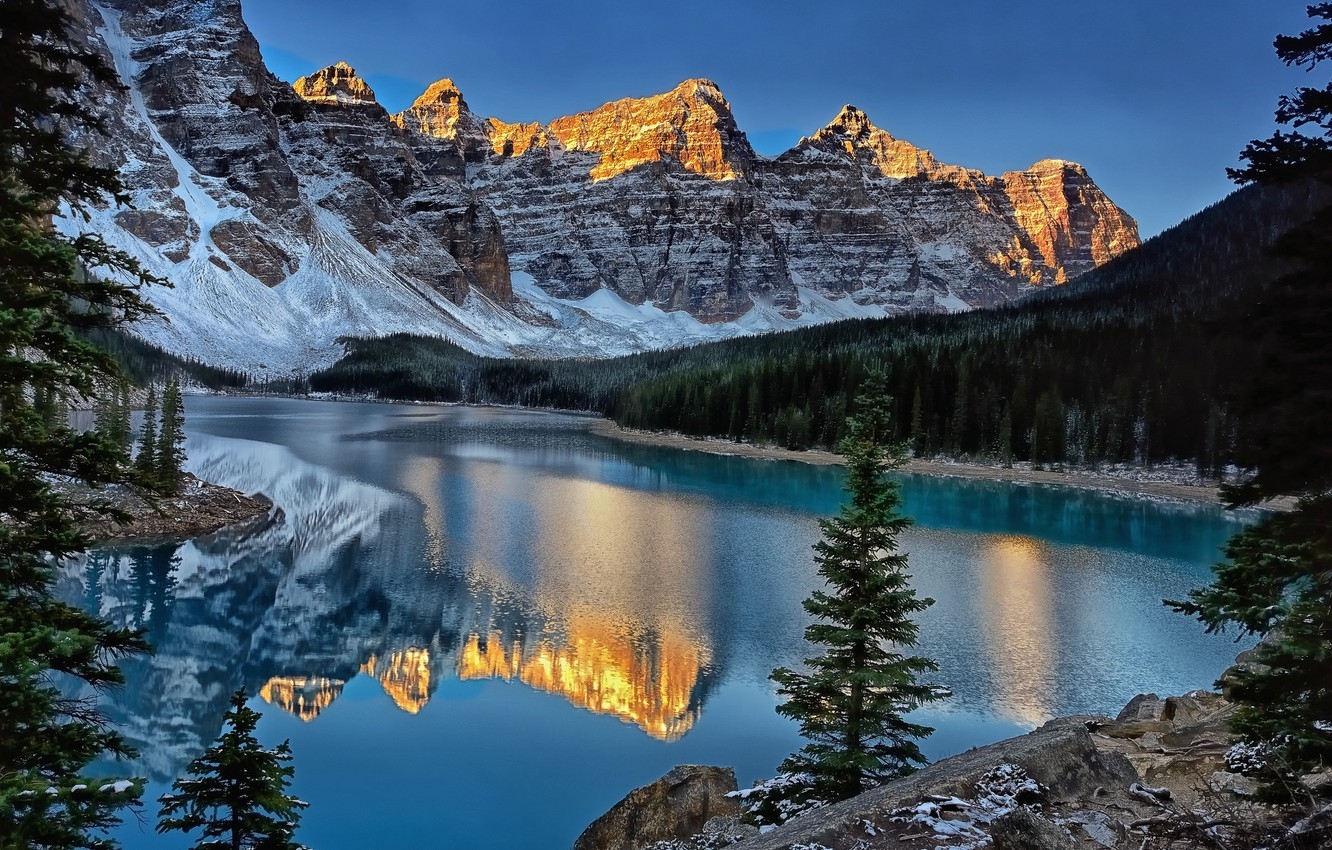 |
| Photo: GoodFon |
While Lake Louise has received its fair share of attention, Moraine Lake, which is located just south, is less crowded and, in some ways, more attractive. This vivid turquoise lake is the focal point among craggy mountains, waterfalls, and rock piles in the rough Valley of Ten Peaks.
Its color comes from "rock flour," which is produced when rocks grind beneath ice as a nearby glacier moves. The lake acquires an unreal shade of blue as a result of the fine flour reflecting sunlight when it reaches it.
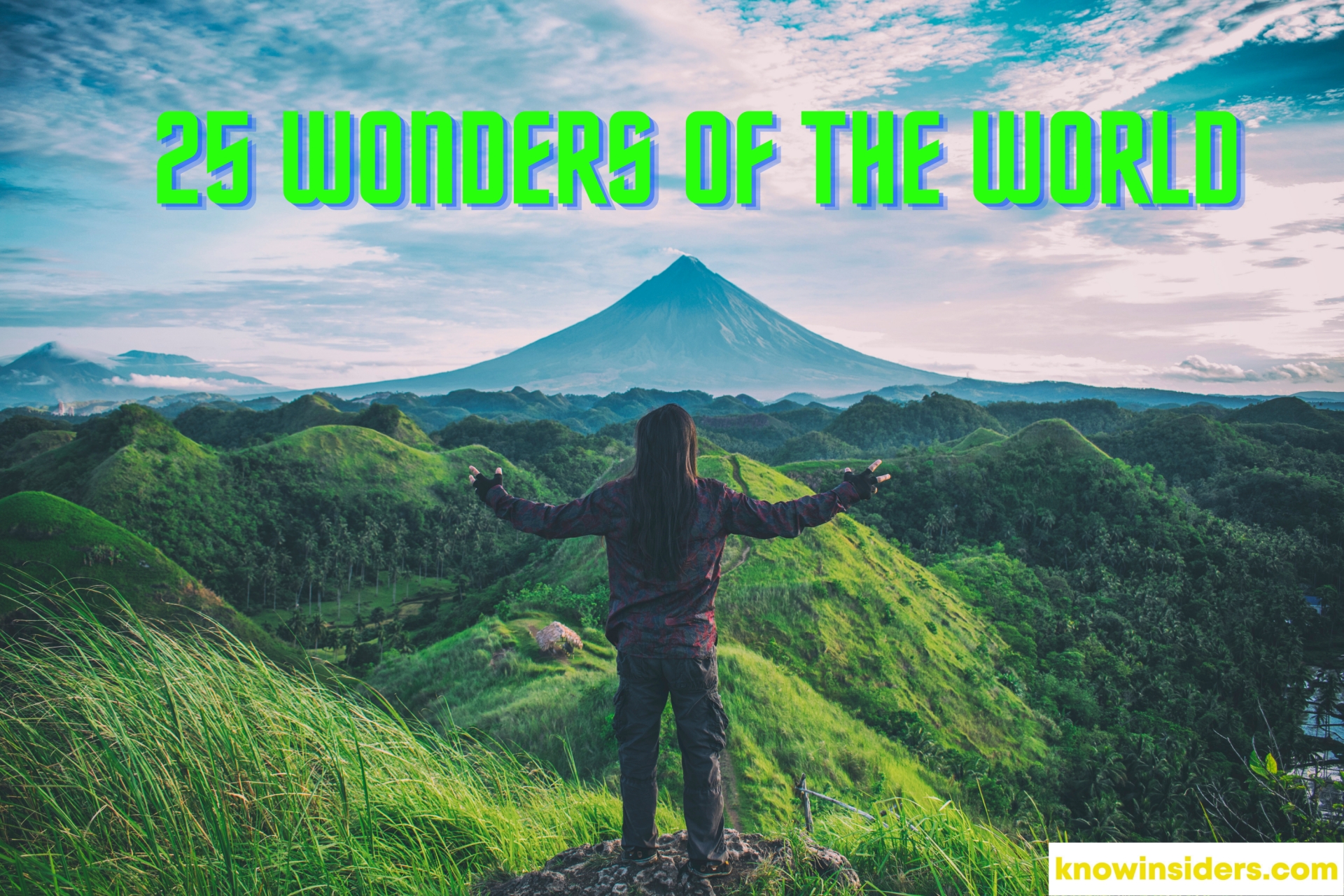 Top 25 Most Breathtaking Natural Wonders Of The World Today Top 25 Most Breathtaking Natural Wonders Of The World Today Looking for some bucket-list travel ideas? Check out top 25 natural wonders of the world right below! |
 Top 10 Most Breathtaking Natural Wonders in New Zealand Today Top 10 Most Breathtaking Natural Wonders in New Zealand Today New Zealand is home to numerous natural breathtaking sights that offer visitors unique sceneries and feelings. |
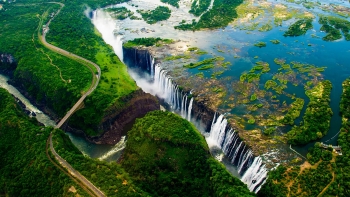 Top 7 Most Breathtaking Natural Wonders Of The World Today Top 7 Most Breathtaking Natural Wonders Of The World Today What are the 7 Natural Wonders of the World? Where are they? To have more detailed information, check out right below! |
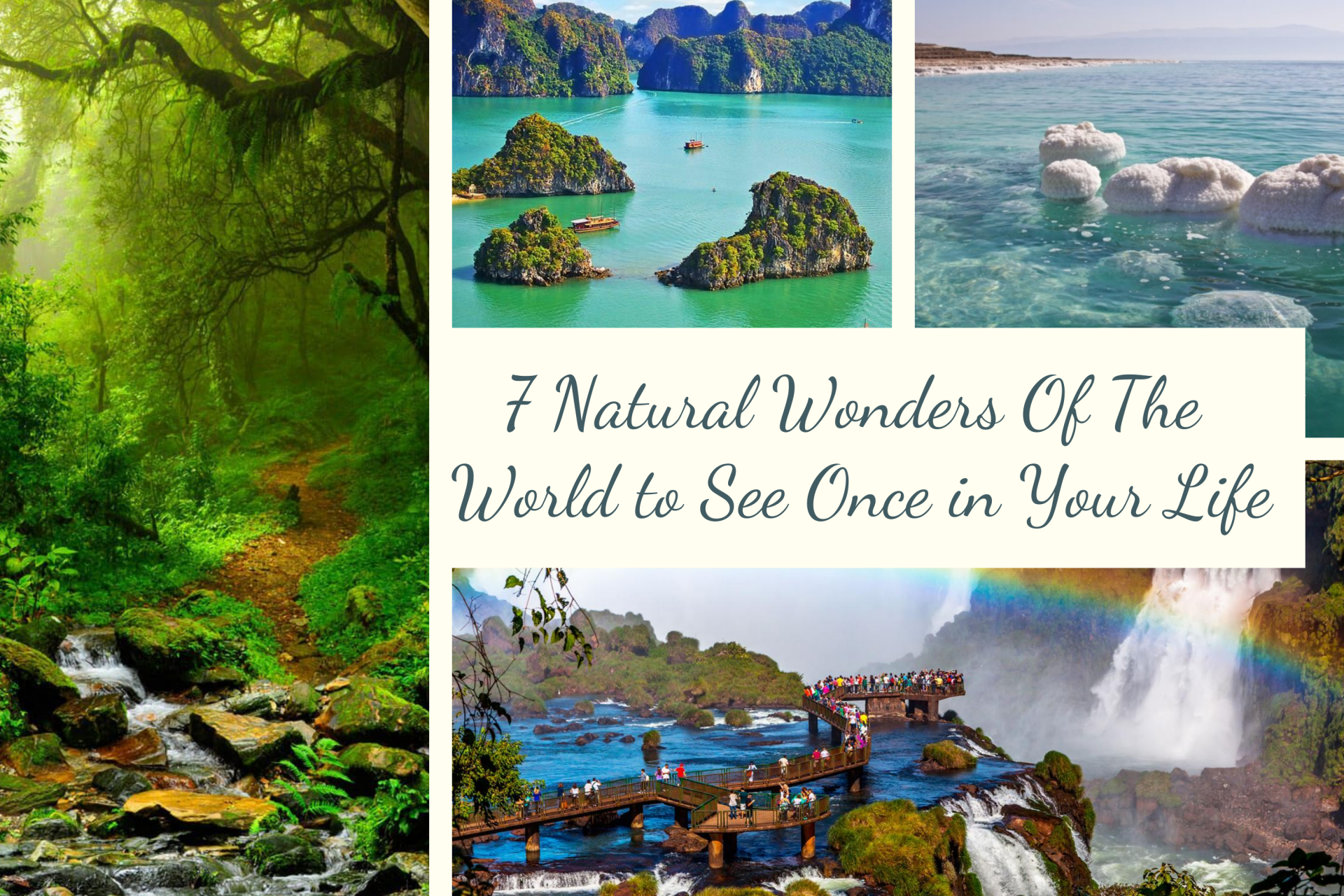 Top 7 Incredible Natural Wonders of The World to See in Life Top 7 Incredible Natural Wonders of The World to See in Life The world is full of stunning scenery and some natural attractions hold such significance that they are recognized as the 7 Incredible Wonders of Nature. |
























